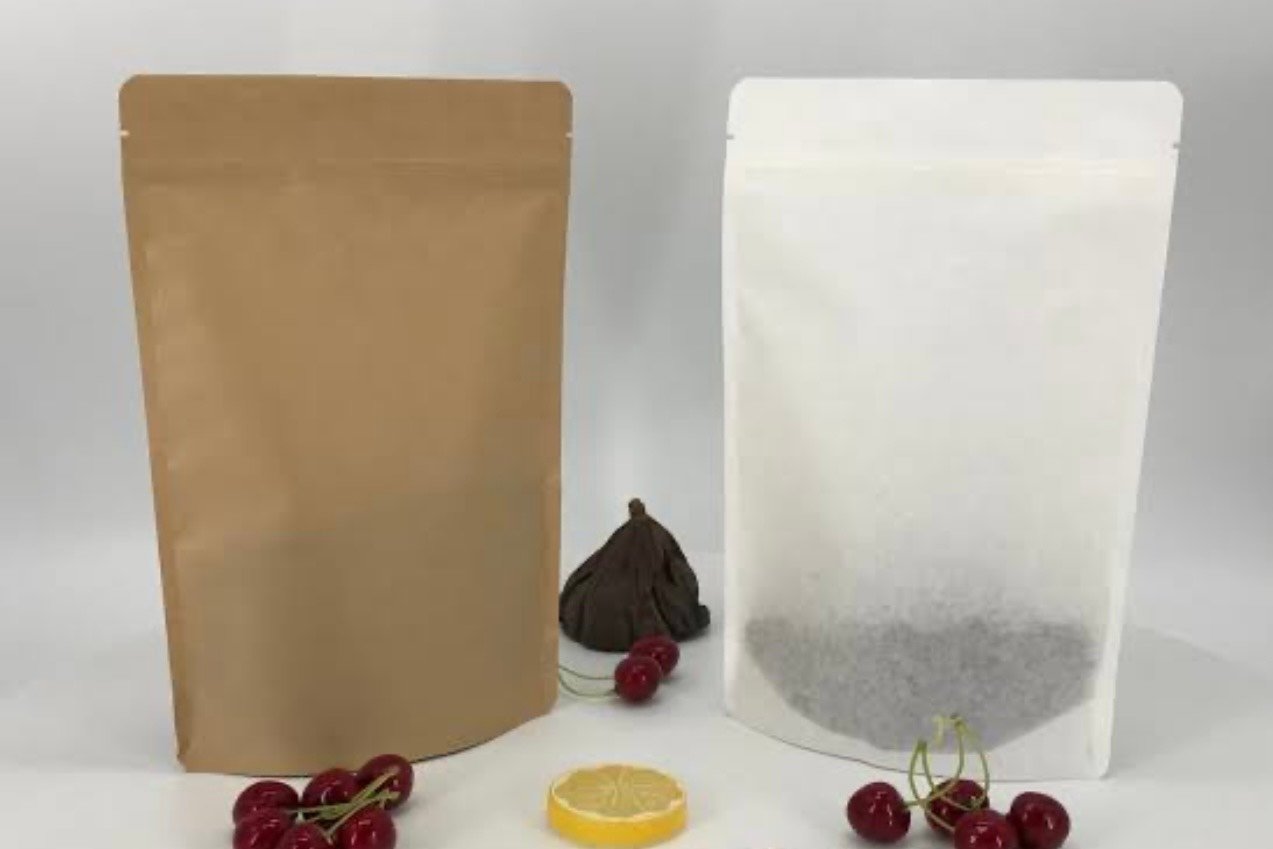Description
What is Nitrogen Flush Polyfilm?
Nitrogen flush polyfilm is a specialized packaging material that enhances the preservation of food products by utilizing nitrogen flushing technology. The primary function of this polyfilm is to create an anaerobic environment, which significantly slows down the spoilage process and extends the shelf life of various foods. Unlike conventional packaging that may allow oxygen to permeate, nitrogen flush polyfilm effectively removes oxygen and replaces it with nitrogen gas, an inert substance that does not support bacterial growth or oxidation reactions.
The composition of nitrogen flush polyfilm typically consists of various layers of polymer, including polyethylene and other barrier materials, which provide durability while ensuring optimal gas barriers. This multilayer structure is crucial as it prevents the entry of moisture and oxygen, thereby safeguarding the contents within. The flushing process involves purging the package with nitrogen before sealing, thus displacing oxygen that can cause rancidity and spoilage. By employing this method, producers can ensure that perishable goods maintain their freshness and quality over an extended period.
Various industries have adopted nitrogen flush polyfilm, particularly in food packaging, where maintaining product integrity is vital. The application of this technology is notably prevalent in the preservation of meats, cheeses, and ready-to-eat meals. The benefits attributed to nitrogen flush polyfilm include not only increased shelf life but also enhanced flavor and nutritional retention, making it an appealing choice for both manufacturers and consumers alike. Furthermore, the ability to minimize food waste aligns with sustainable practices, contributing to environmental conservation efforts within the packaging sector.
Advantages and Practical Applications of Nitrogen Flush Polyfilm
Nitrogen flush polyfilm is increasingly becoming a preferred solution in packaging due to its significant advantages, most notably in preserving the freshness of products. By replacing oxygen in the packaging with nitrogen, this film helps to inhibit oxidative reactions, which are known to compromise the quality of food items. This method greatly contributes to extending the shelf life of perishable goods and reduces the likelihood of food spoilage. Enhanced freshness ultimately leads to less food waste, which is an essential factor considering the growing concern over food scarcity and environmental sustainability.
Another notable benefit of nitrogen flush polyfilm includes improved flavor retention. The absence of oxygen not only keeps the food items fresher but also helps maintain their original flavors and aromas. This quality is particularly vital for sectors like grocery stores and food manufacturers where consumer satisfaction hinges on taste. By utilizing nitrogen flush polyfilm, retailers can ensure that products reach consumers at their peak flavor, therefore enhancing their marketability.
In terms of cost-effectiveness, adopting nitrogen flush polyfilm can lead to significant savings over time. Businesses can reduce losses from spoiled goods while increasing their production efficiency. Additionally, the lightweight nature of this film can help lower shipping costs, making it an appealing option for delivery services. Practical applications of nitrogen flush polyfilm extend across diverse sectors, from grocery stores and food processors to e-commerce platforms focusing on meal delivery.
Case studies increasingly demonstrate the effectiveness of nitrogen flush polyfilm. For instance, major food manufacturers have reported decreased return rates of spoiled goods and improved customer feedback regarding the freshness of their products. Consumer perceptions are also shifting positively towards brands that adopt such environmentally friendly packaging solutions, leading to improved brand loyalty. When compared to traditional packaging methods, the advantages of nitrogen flush polyfilm not only address concerns about food safety and quality but also contribute to better environmental outcomes.





Reviews
There are no reviews yet.